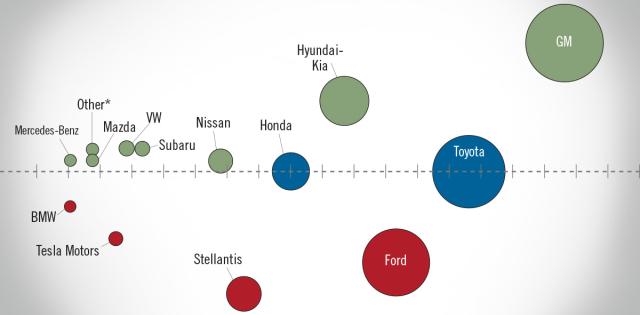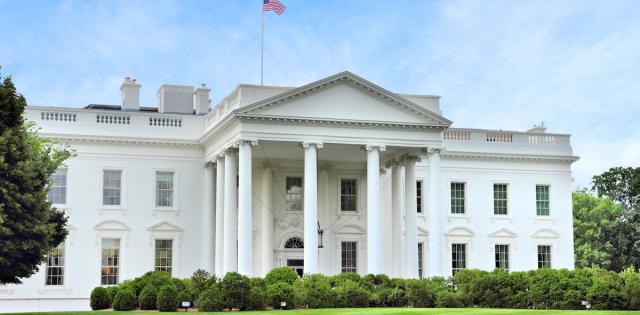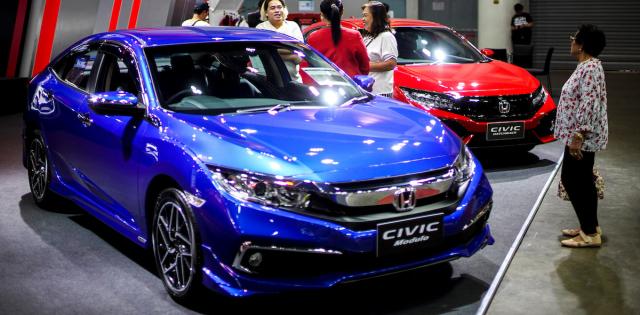The article below is sourced from Reuters Wire Service. The views and opinions expressed in this story are those of the Reuters Wire Service and do not necessarily reflect the official policy or position of NADA.
Canada on Tuesday released final regulations mandating that all passenger cars, SUVs, crossovers and light trucks sold by 2035 must be zero-emission vehicles (ZEVs), part of the government's overall plan to combat climate change.
ZEVs must make up at least 20% of all cars sold by 2026 and at least 60% by 2030. Industry officials say electric vehicles (EVs) represented 12.1% of new vehicle sales in the third quarter of 2023.
Environment Minister Steven Guilbeault said the regulations provided industry with the certainty it needed to address the issue of limited availability of EVs.
"(This) ensures Canadians have access to our fair share of the global supply of these vehicles," he told a televised news conference in Toronto.
Transportation accounts for about 22% of Canada's greenhouse gas emissions.
The rules are similar to those adopted by California, which says 100% of new cars sold in 2035 must be plug-in hybrid electric vehicles (PHEV), EVs or powered by hydrogen fuel cell. A total of 17 U.S. states have agreed to adopt the regulations.
Global EV sales now make up about 13% of all vehicle sales and are likely to rise to between 40%-45% of the market by the end of the decade, according to the Paris-based International Energy Agency.
According to the data platform Statista, Tesla accounted for 36.7% of EV sales in Canada in 2022, with Hyundai in second place with 11.1%.
The Canadian automobile industry says the regulations are too ambitious, noting the higher cost of electric vehicles.
It also complains that the charging network is incomplete, especially in rural areas. Canada, the world's second largest country, has a population of just 40 million people.
"Achieving higher ZEV sales levels depends on favorable market conditions, stronger consumer purchase incentives ... widespread charging infrastructure (and) expanded grid capacity," said Brian Kingston, President of the Canadian Vehicle Manufacturers’ Association.
The government's charging effort is focused on building EV ports in populous public areas and multi-family residential buildings, which experts warn may not be enough to rapidly increase adoption.
In an effort to address complaints that EVs are impractical in remote and northern areas, where cold conditions can cut the efficiency of batteries, PHEVs with an all-electric range of 80 km or more will remain eligible for sale in 2035 and beyond.
Canada has missed every emissions reduction target it has ever set. Prime Minister Justin Trudeau says fighting climate change is one of his Liberal government's top priorities.
His emissions reduction plan is flawed and will not reach the target of cutting greenhouse gas output by 40% to 45% below the 2005 level by 2030, a top watchdog said last month.
For more stories like this, bookmark www.NADAheadlines.org as a favorite in the browser of your choice and subscribe to our newsletter here:










